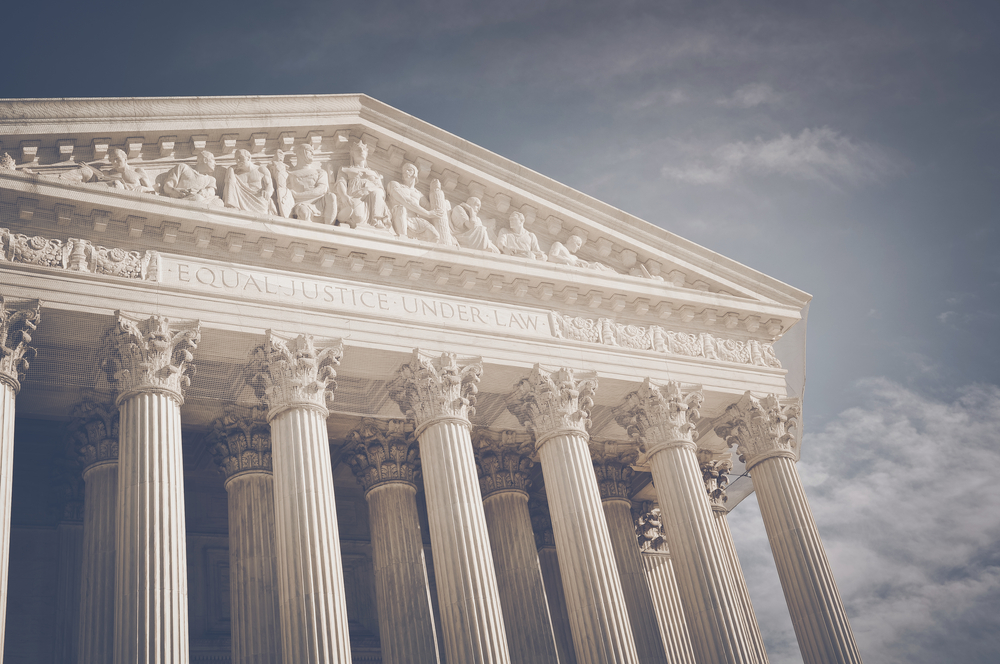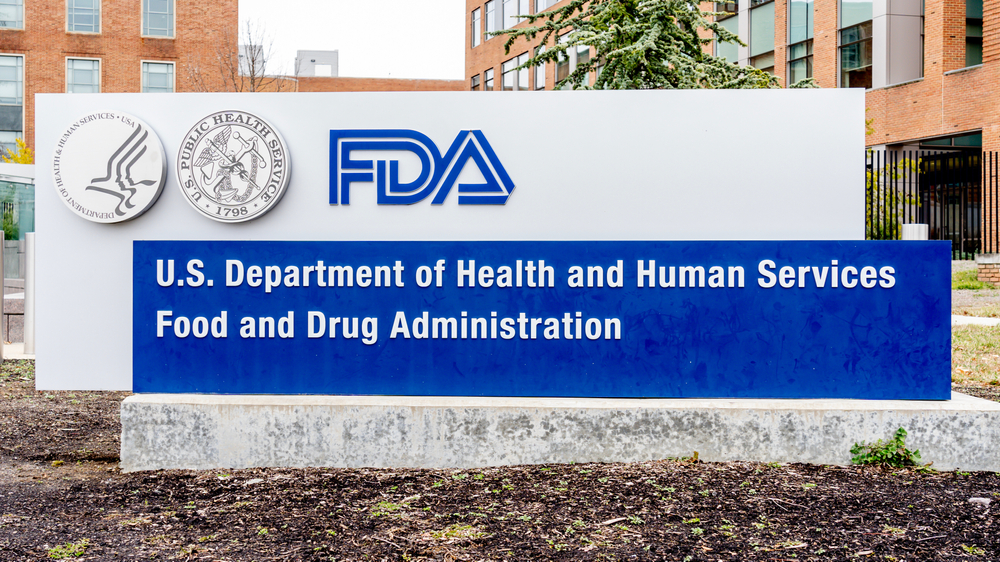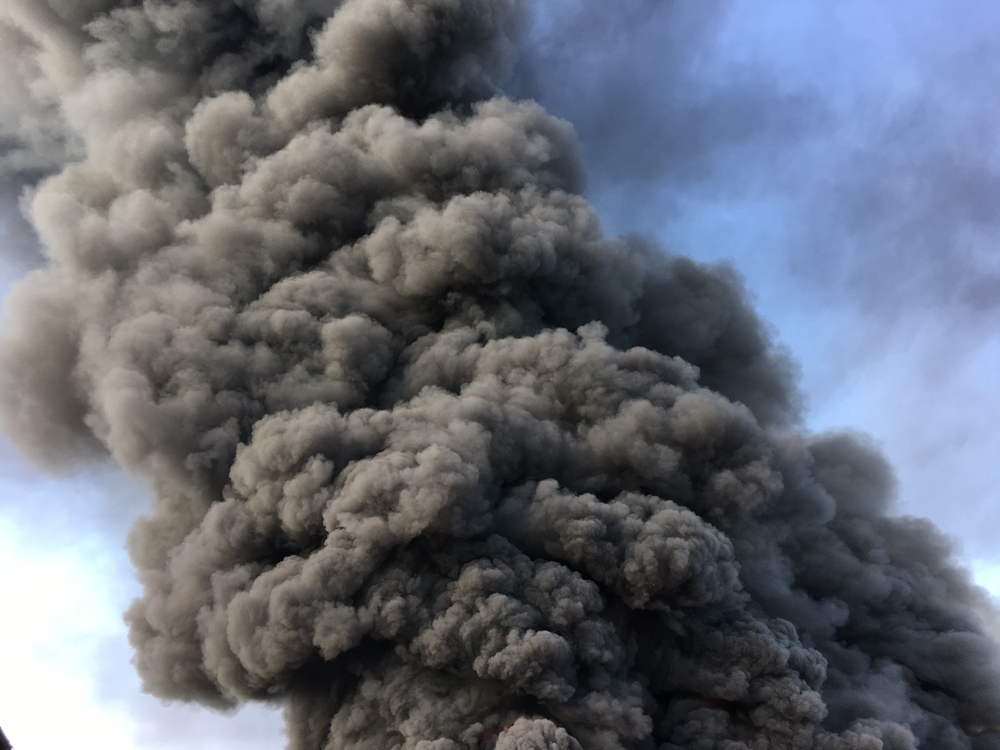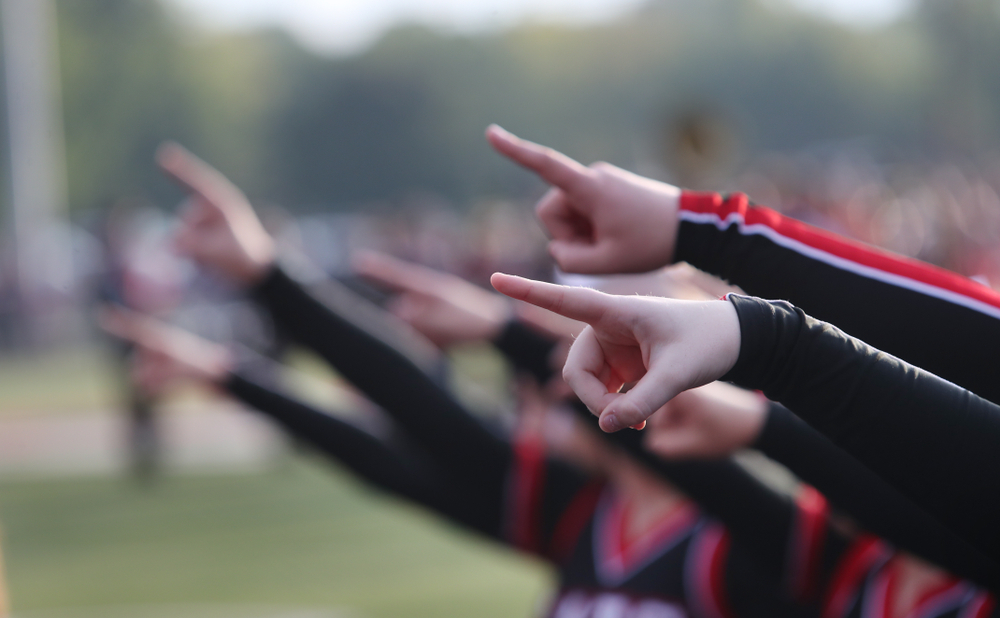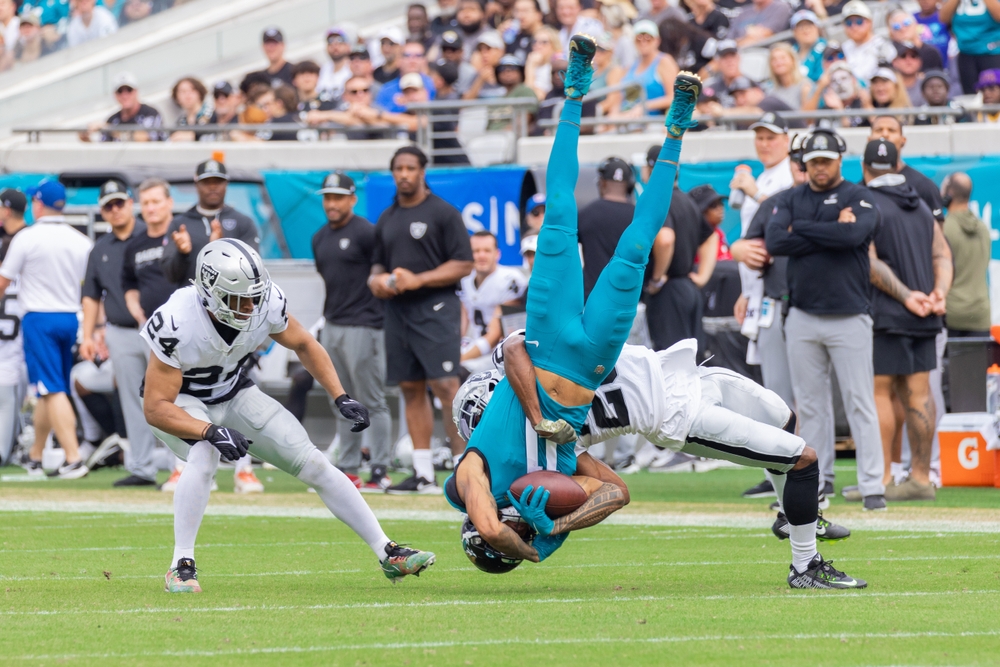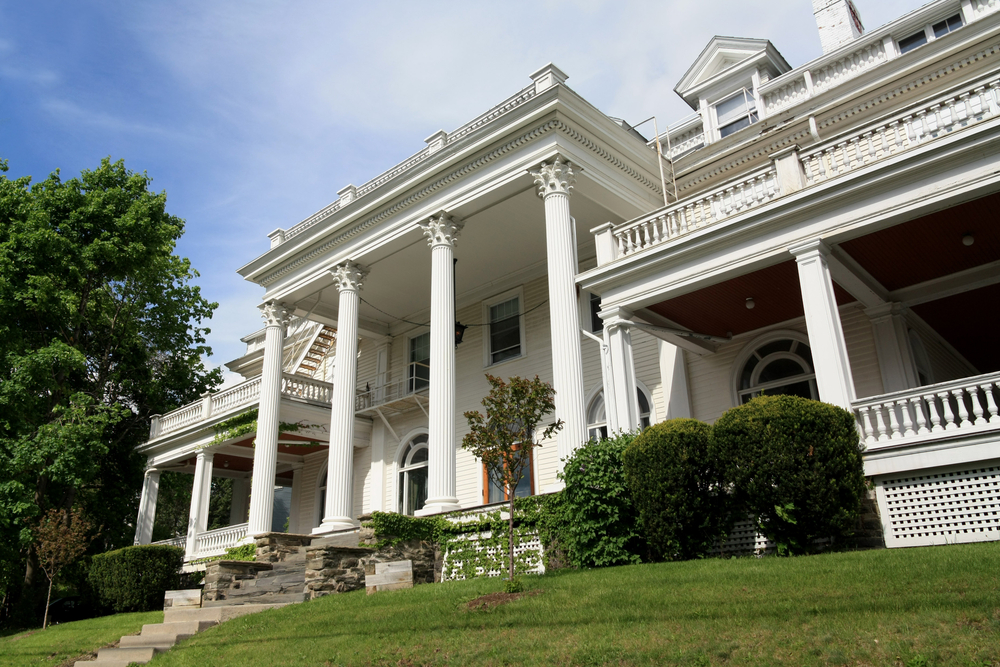You can’t watch the Supreme Court, but you can hear it
Ned Manning, an attorney for 30 years in North Carolina, had heard mentions over the decades that another lawyer from his small hometown of Kinston had argued a civil rights case before the U.S. Supreme Court.
“Fred Harrison was a general practitioner and did criminal defense work,” Manning said of the attorney, now in his 80s. “He wasn’t the one talking about it. He’s pretty humble. But one day in conversation (someone) said Fred had argued a case before the Supreme Court. I thought he meant the North Carolina Supreme Court, which is no small thing, but he was talking the U.S. Supreme Court.”
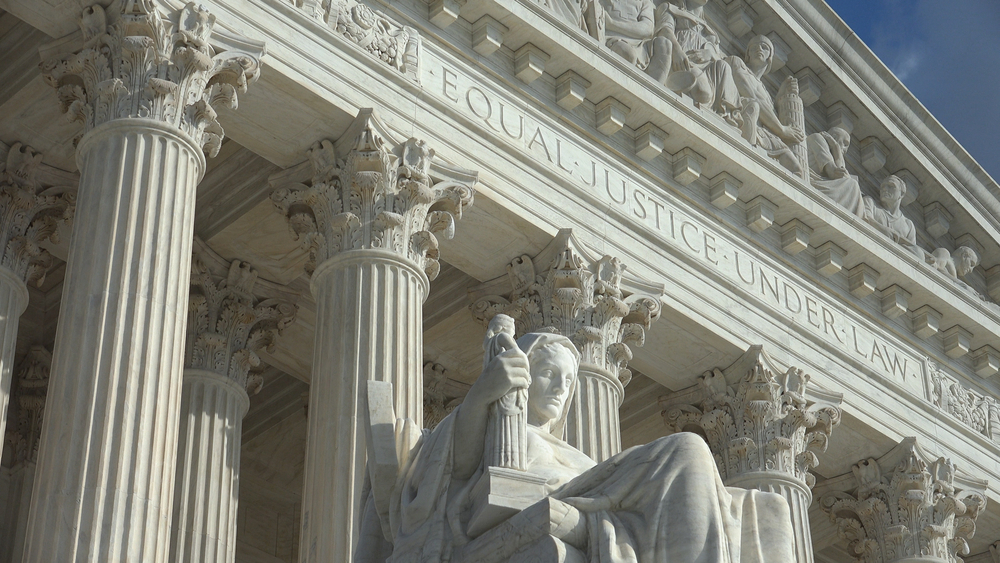
Years after hearing about this, Manning found his way to Oyez.org, a website dedicated to sharing the history of the U.S. Supreme Court, including recordings of every trial since 1955.
“I thought surely they wouldn’t have this case from 50 or so years ago, but I found it. That was Fred Harrison’s voice, there’s no doubt about it. I’ve seen him in traffic court and small claims court for years and I was listening to him in front of the U.S. Supreme Court on my iPad.”
Oyez.org offers 14,000 hours of audio from every U.S. Supreme Court hearing since recording started in 1955, and more than 66 million words from transcripts of each case. The site is extremely user-friendly. Sentences are highlighted in yellow as they are spoken. When one of the nine justices pictured at the top of the page is speaking, their photo is illuminated. Users can search by topic, petitioner, respondent, or other key words.
RELATED: Supreme Court cameras an issue that won’t go away
RELATED: What is an amicus brief, exactly? Let us explain.
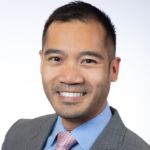
“Without Oyez, you would have to go to the National Archives in Washington, D.C. and check out the tapes (yes, physical tapes) for most of the older audio,” said David Kemp, the managing editor of Oyez.org and Justia, who is also a professor of legal writing at U.C. Berkeley School of Law.
“Oyez was intended to provide plain English information about Supreme Court cases for a wide audience,” Kemp said, adding that it’s used often by law school students as well as those in high school and college. “Students seem to use it for the quick summaries of cases and the graphical breakdown of the justices’ votes, whereas teachers often use it to teach about the Supreme Court and seminal cases. I’ve also heard from lawyers who have argued before the Supreme Court who use Oyez as a sort of Curriculum Vitae of the cases they’ve argued.”
The cases that are most frequently read or played include Marbury v. Madison, Roe v. Wade, McCulloch v. Maryland, Gibbons v. Ogden, and Obergefell v. Hodges. (Click here for more details.)
On the site, each justice, going back to 1789, has a page highlighting their life and career. There are audio links to cases for those who argued before the court as attorneys since 1955.
“Recently, Justice Ruth Bader Ginsburg’s page has been enormously popular,” Kemp said.
Oyez.org was a frequent source when Sam Goodis was in his first year at Tulane University Law School.
“We used it a lot to study for our Constitutional Law exams,” said Goodis, now in his third year. Professors also used Oyez.org to play clips from oral arguments in class.
“It’s surprisingly informal,” he said, referring to the rapport of the highest court in the land. “The justices interrupted arguments all the time to ask questions or tell attorneys they failed to answer the question that was asked.”
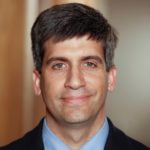
Louis J. Virelli III, who teaches Constitutional Law at Stetson University College of Law in Florida, uses Oyez.org often with his students, as well.
“One of the things I like to do, if there’s a case in the 1950s that went one way then say in the 1990s the court decided the same issue another way, is listen to the arguments to see the different approaches the different justices have taken,” he said.
The Oyez Project started in the late 1980s as the brainchild of Jerry Goldman, a political science professor at Northwestern University. In its earliest version, before the Internet, a series of “hyper cards” were developed largely by Northwestern undergraduate students. In 2011, Goldman and Oyez moved to the Chicago-Kent College of Law within the Illinois Institute of Technology.
Then, in 2016, Cornell Law School’s Legal Information Institute took over the nonprofit entity along with Justia, a California company that offers an array of free legal online resources. Over the years, Oyez received donations and grants including from such benefactors as the National Science Foundation, Google, Justia and Northwestern University Libraries.
The name for Oyez.org, comes of course, from the opening lines of U.S. Supreme Court:
“The Honorable, the Chief Justice and the Associate Justices of the Supreme Court of the United States. Oyez! Oyez! Oyez! All persons having business before the Honorable, the Supreme Court of the United States, are admonished to draw near and give their attention, for the Court is now sitting. God save the United States and this Honorable Court.”
But what exactly does “oyez” mean? It descends from the French “oiur,” which means “to hear” or “hear ye.”
As to Fred Harrison’s 1964 case, he and his co-counsel argued that two black men had been unfairly indicted by an all-white North Carolina grand jury because blacks made up 28 percent of people on the county’s tax records, but only one black person had served on a grand jury in 24 years. The U.S. Supreme Court reversed lower courts’ rulings, agreeing with Harrison and his co-counsel that there was systematic exclusion of blacks from grand jury duty.
Contact Katherine Snow Smith at Katherine@legalexaminer.com. Follow her on Twitter at @snowsmith.










